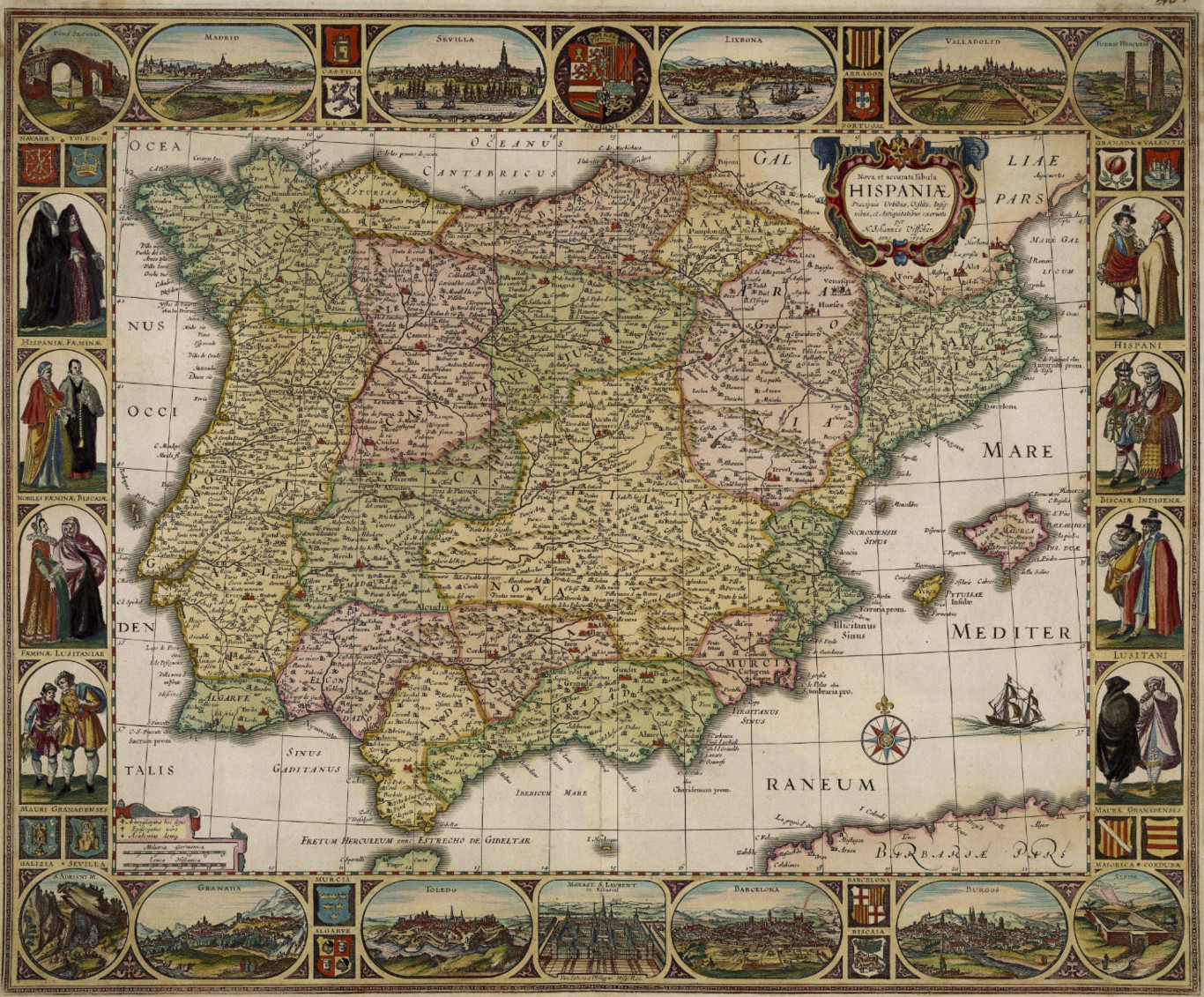In case you did not know, in Spain, any population centre that exceeds 10,000 inhabitants is considered a city, therefore, according to the National Institute of Statistics (INE), Spain has a total of 8131 municipalities distributed throughout the territory.
I thought it would be interesting to list which are the oldest cities in each province of Spain to give you an idea of the country's widespread heritage. Keep in mind that cities have not been founded on a specific day, but may have been built over several days, weeks or months. That is why the dates that appear are a year or a century since it is very difficult to specify the exact moment of its creation.

The oldest municipality in each province of Spain
1. Andalusia
- Almería: Adra (8th century BC).
- Cadiz: Cadiz (1104 BC)
- Córdoba: Córdoba (169 BC)
- Granada: Almuñecar (8th century BC)
- Huelva: Huelva (10th century BC)
- Jaén: Jaén (10th century BC)
- Malaga: Malaga (7th century BC)
- Seville: Seville (8th century BC)
2. Aragon
- Huesca: Huesca (179 BC)
- Teruel: Teruel (1,171)
- Zaragoza: Zaragoza (3rd century BC)
3. Asturias
- Asturias: Gijón (5th century BC)
4. Balearic Islands
- Balearic Islands: Ibiza (654 BC)
5. Canary
- Las Palmas de Gran Canaria: Las Palmas de Gran Canaria (1,478)
- Santa Cruz de Tenerife: Santa Cruz de Tenerife (1,493)
6. Cantabria
- Cantabria: Santander (26 BC)
7. Castile-La Mancha
- Albacete: Albacete (12th century)
- Royal City: Royal City (1,255)
- Basin: Basin (784)
- Guadalajara: Guadalajara (8th century)
- Toledo: Toledo (192 BC)
8. Castile and Leon
- Ávila: Ávila (1st century BC)
- Burgos: Burgos (884)
- Leon: Leon (29 BC)
- Salamanca: Salamanca (4th century BC)
- Segovia: Segovia (1st century)
- Soria: Soria (1,109)
- Valladolid: Valladolid (1,072)
- Zamora: Zamora (852)
9. Catalonia
- Barcelona: Barcelona (3rd century BC)
- Girona: Girona (79 BC)
- Lleida: Lleida (6th century BC)
- Tarragona: Tarragona (5th century BC)
10. Extremadura
- Badajoz: Medellin (79 BC)
- Cáceres: Coria (8th century BC)
11.Galicia
- A Coruña: Santiago de Compostela (820)
- Lugo: Lugo (1st century BC)
- Ourense: Ourense (1st century)
- Pontevedra: Vigo (2nd century BC)
12. Madrid
- Madrid: Alcalá de Henares (1st century)
13.Murcia
- Murcia: Cartagena (227 BC)
14. Navarre
- Navarre: Pamplona (74 BC)
15. Basque Country
- Álava: Victory (1181)
- Guipuzcoa: San Sebastian (1,180)
- Biscay: Bilbao (1,300)
16. La Rioja
- La Rioja: Calahorra (182 BC)
17. Valencia
- Alicante: Elche (5th century BC)
- Castellon: Castellon de la Plana (1,251)
- Valencia: Valencia (138 BC)